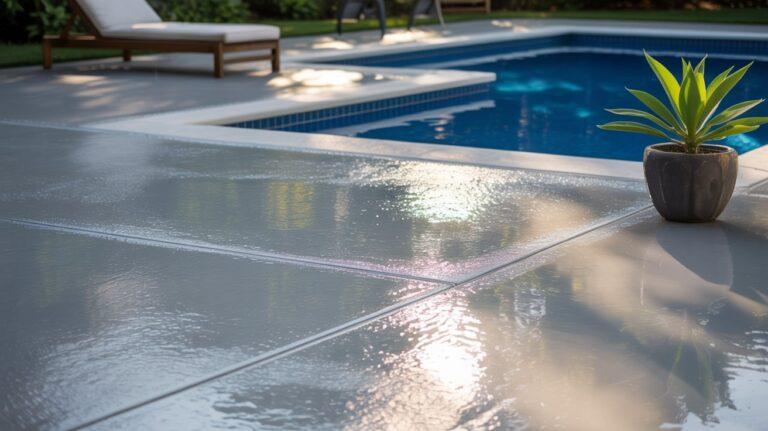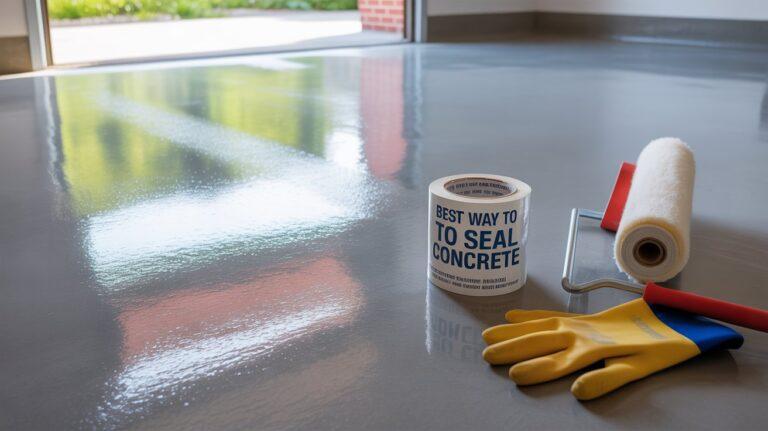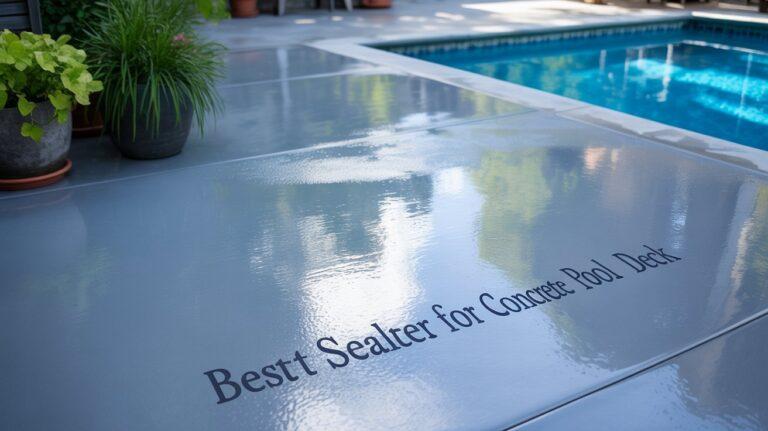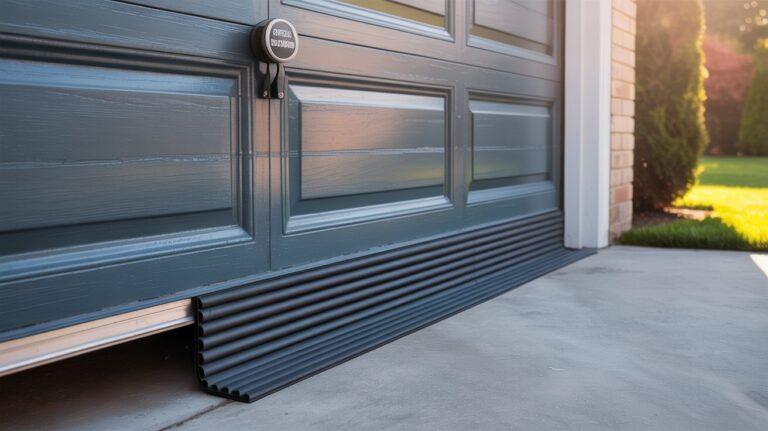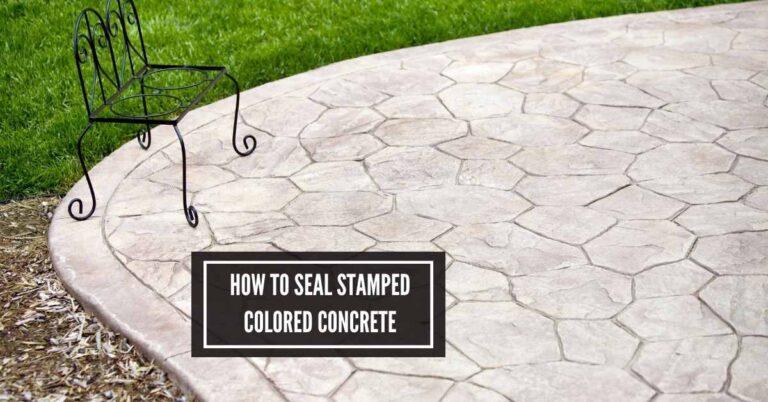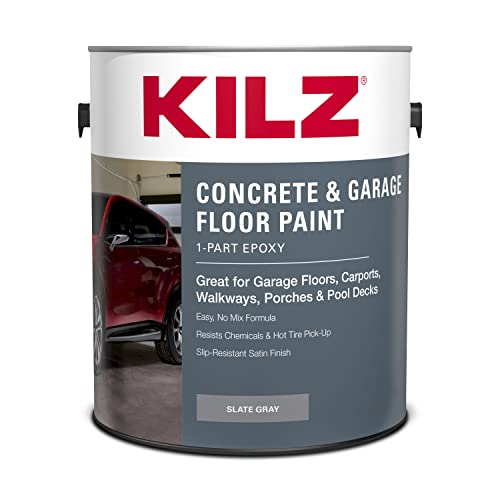Unveiling Expert Tips & Techniques: How To Seal Limestone Basement Walls
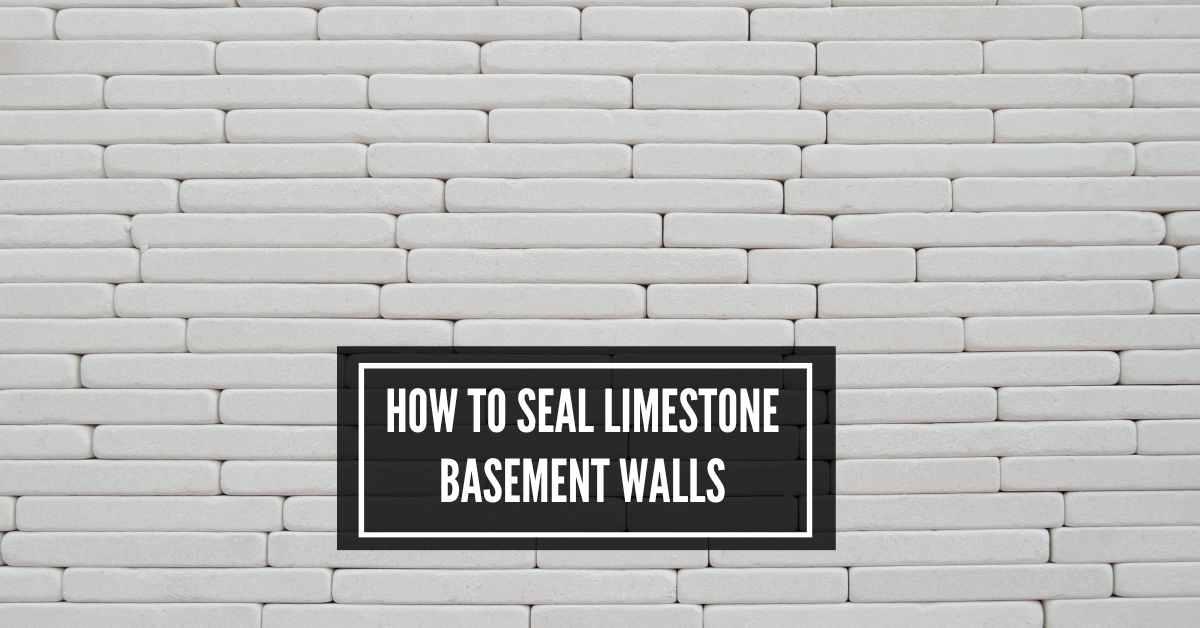
Smartseal limestone sealer and TSS PRO sealant are the two most popular sealants to seal limestone basement walls. Clean the walls appropriately. Prepare the sealer and give it a trial before applying it to the entire area. Add two thin coatings on the wall surface while maintaining enough breaking period after each layer. Allow the walls to cure fully.
This blog post will guide you on how to seal limestone basement walls using the right product. Don’t miss out on this article if you want to keep your basement walls looking like a new one.
Should Limestone Basement Walls Be Sealed?
One of the primary reasons many homeowners don’t prefer to use limestone for basement walls is their porous nature. Water can penetrate through the material and damage it.
Sealing off the limestone basement walls with an appropriate sealer is necessary. Otherwise, the stone’s integrity will be compromised. Its quality will deteriorate over time.
A prominent limestone sealer resists moisture and other particles from seeping below the wall surface. Mold, moss, and stains are less likely to grow.
But correctly applying the best limestone sealer is essential to allow any internal moisture to evaporate. Water should not trapped inside the basement walls.
What Is The Best Sealer For Limestone?
When it comes to sealing limestone basement walls, a lot of sealing options are available. But not all are compatible and reliable.
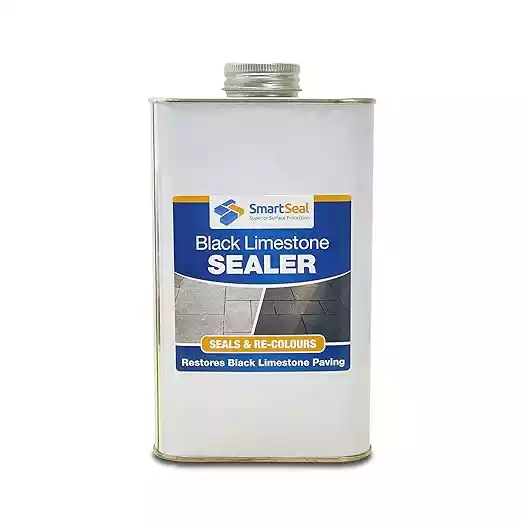
Smartseal limestone sealer is a popular choice for basement walls. It can provide your walls with long-lasting protection from stains, moisture, and damage.
TSS PRO sealant is another excellent option. It can add a color-enhancing effect by recoloring your faded limestone.
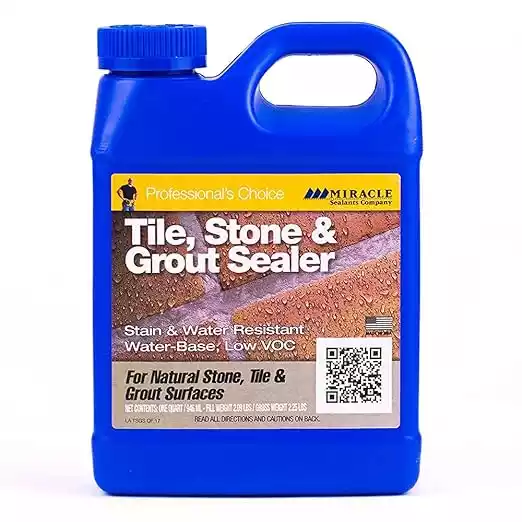
How To Seal Limestone Basement Walls?
Wondering how to waterproof limestone walls? The best way to seal limestone basement walls is by using a compatible sealer.
The following are the steps to follow to repair the limestone foundation.
Step 01—Cleaning the Limestone Basement Walls
The first important thing is cleaning the limestone basement walls thoroughly. Remove all furnishing items and coverings attached to the wall.
Use a broom or brush reach for disruptive-free cleaning while reaching corners with little effort.
Didn’t you clean the limestone basement walls for a long time? If not, using a solution is necessary. You can use a limestone cleaner or TSP.
Dilute it with the right amount of water based on the manufacturer’s recommendation. Dip a brush into the solution and apply it to all the areas you want to clean.
Before rinsing the walls, let the solution sit for 15-20 minutes. You can do pressure or power washing if your basement wall is too huge. But precaution is mandatory. Make sure to choose a sunny day for easier work.
Step 02—Giving A Trial of The Limestone Sealer
Different sealers react differently on a particular wall surface. It is best to do a trial of the limestone sealer before applying it on the whole wall surface.
It helps you assess the performance of the sealant. Apply the sealing product on a small area where it is less likely to be visible.
Wait till the sealant is fully dry. Assess its effectiveness. There should not be any discoloration. If you are fully satisfied with the result, continue using it.
Step 03—Preparing the Limestone Sealer
Cover all the areas you don’t want to seal using masking tape, drop cloths, or plastic sheeting. Otherwise, it may cause staining, discoloration, and other mess.
Use a stir stick or paddle to mix the limestone sealer properly. Go through the manufacturing instructions carefully before applying the sealant.
The ideal temperature to apply a limestone sealer is between 15° C to 23°C. It should be at least above the dew point. The humidity level should not be more than 85%.
Avoid applying the product if the temperature is below 7°C. Don’t use the sealer if rain is expected before the cure. It is best not to apply the sealant in direct sunlight or windy conditions.
Step 04—Applying the First Coat of Limestone Sealer
Before applying the limestone sealer, wear gloves, safety glasses, and a respirator to avoid inhaling the vapors and keep yourself safe.
Work in a well-ventilated area. Keep all the windows open. Avoid direct handling of the limestone sealer. Wash your body parts immediately if the solution touches your skin, clothes, or shoes.
Apply a first layer of limestone sealer. Keep the coating thin. If the basement area is not well-ventilated, use fans and heaters to promote better air circulation and accelerate faster moisture evaporation.
Step 05—Applying the Second Coat of Limestone Sealer
Before applying the second coat of the limestone sealer, let the first coat dry properly. The drying time can be anywhere between 45 and 60 minutes.
Next, apply the second coat. Keep it thin to avoid over-application. Achieving a consistent finish requires applying the sealant from the opposite direction.
Let the second coating of the limestone sealer dry properly. Once it dries, splash a small amount of water over the limestone basement walls.
If the sealant functions well, it will prevent water from penetrating through the surface.
Step 06— Sealing the Outer Limestone Walls
Sometimes, sealing off the interior limestone walls may not be enough to keep the basement dry.
In such a case, sealing the outside of the basement walls is necessary. Use a backhoe or a similar digger to excavate soil and debris outside limestone basement walls efficiently.
Operate the tool carefully to avoid damaging the walls or compromising their structural integrity.
Then, install a rubber or plastic vapor barrier in the outer area to prevent moisture migration from the outside to the inside of the basement walls.
FAQ’s
How often should I reseal my limestone basement walls?
Depending on the type of sealant and the basement’s conditions, resealing is typically recommended every 2-5 years.
Can I paint over sealed limestone?
Yes, but ensure the sealant is fully cured first. Also, choose paints specifically formulated for masonry or limestone.
Are there eco-friendly limestone sealants?
Yes, many brands offer eco-friendly sealants that have low VOCs and are safer for the environment.
I sealed my limestone, but it still feels damp. Why?
The dampness could be due to inadequate drying time after sealing or moisture coming from other sources, like a leaking pipe or groundwater infiltration.
Can I use any cleaner for pre-sealing cleaning?
Opt for pH-neutral cleaners to avoid damage.
Is professional assistance necessary for sealing limestone basement walls?
While it’s a task that can be DIY-ed, professional assistance ensures a thorough job and long-lasting results.
Final Words
Limestone basement walls can last anywhere from 25 years to 100 years, depending on the installation, stone quality, and maintenance.
Sealing off the limestone basement walls is necessary to prevent water from infiltrating the basement and reduce the formation of efflorescence.
It will extend the lifespan of the walls and decrease the need for repairs or replacements. Now, you know how to seal limestone basement walls step-by-step.

I am Robert Sandin, a professional sealing expert with a diverse range of expertise. From concrete to various other materials, I possess in-depth knowledge and experience in the art of sealing. On my website, I offer valuable tips and expert recommendations on sealing techniques and products for different materials. Whether it’s concrete, wood, metal, or more, I am committed to providing you with the guidance you need for successful sealing projects.

